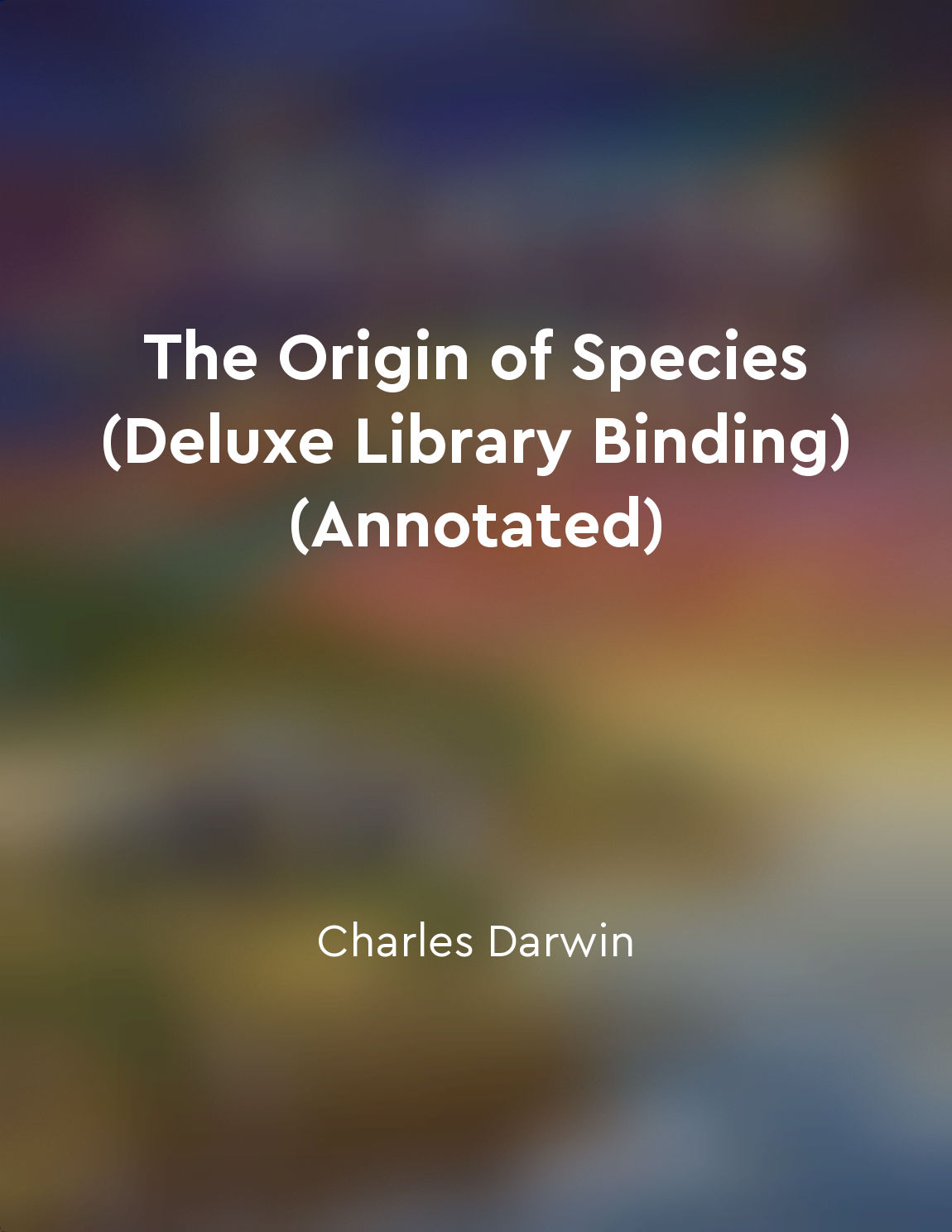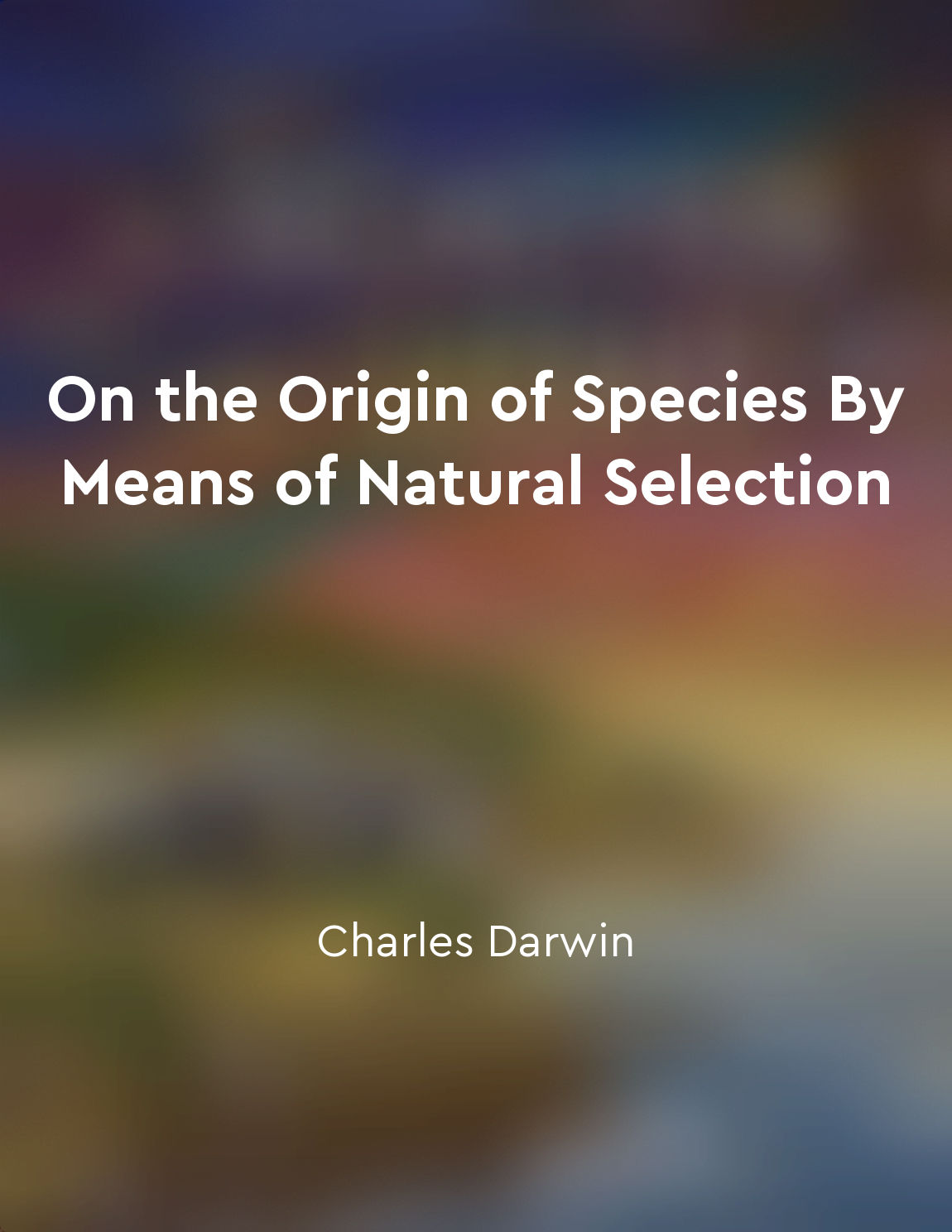Phylogenetics traces evolutionary relationships from "summary" of The Biology Book by DK
Phylogenetics is a field of study that seeks to unravel the complex evolutionary relationships among organisms. By examining the similarities and differences in the genetic material of different species, scientists can construct evolutionary trees that depict the historical relationships between them. This process involves analyzing the genetic sequences of various organisms to identify shared characteristics inherited from common ancestors. The goal of phylogenetics is to create a visual representation of the evolutionary history of life on Earth. By comparing the genetic sequences of different species, researchers can infer how closely related they are and how they have evolved over time. This information is crucial for understanding the diversity of life and how different species are interconnected through a shared evolutionary past. Phy...Similar Posts
Practical experiments are key to reinforcing theoretical knowledge
Practical experiments play a crucial role in solidifying the understanding of theoretical concepts. The hands-on experience gai...

Darwin's theory revolutionizes scientific understanding
Charles Darwin's theory of evolution by natural selection has had a profound impact on scientific thought since its publication...

Geographical distribution of species
The geographical distribution of species is a topic of great interest to naturalists, as it can provide valuable insights into ...
The wonder of life's diversity is a testament to the power and beauty of evolution
The staggering diversity of life on Earth is a testament to the extraordinary power and beauty of evolution. From the tiniest b...
Life is influenced by historical processes
Life unfolds within the constraints imposed by its own historical processes. These historical processes shape both the possibil...
The laws of physics underlie evolutionary processes
The idea that the laws of physics underlie evolutionary processes is a crucial concept in understanding the mechanisms by which...
